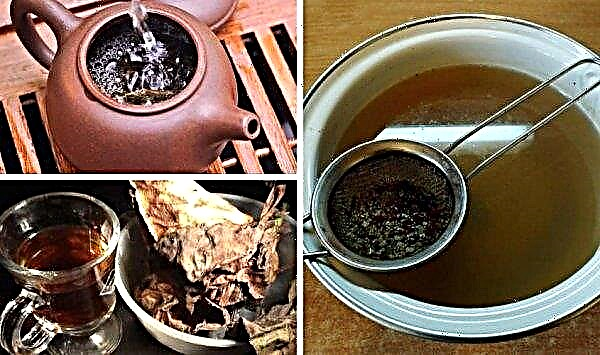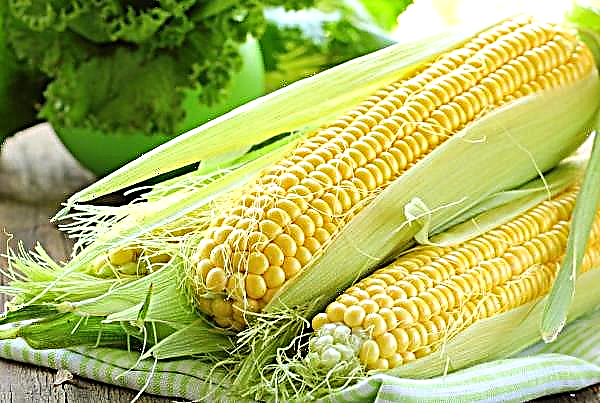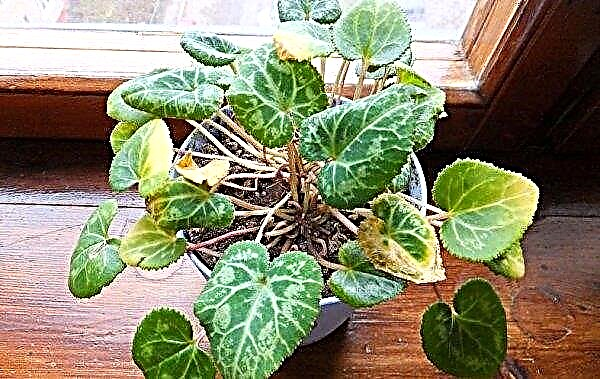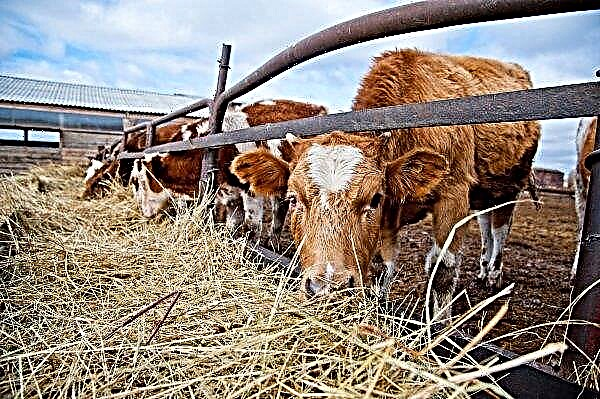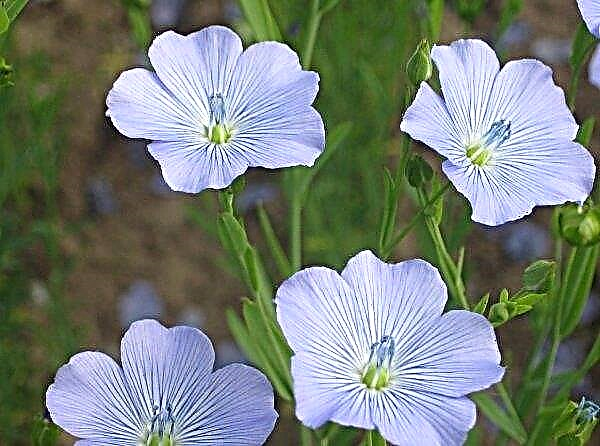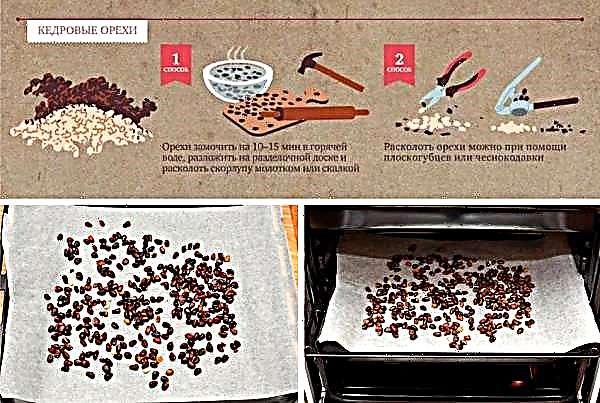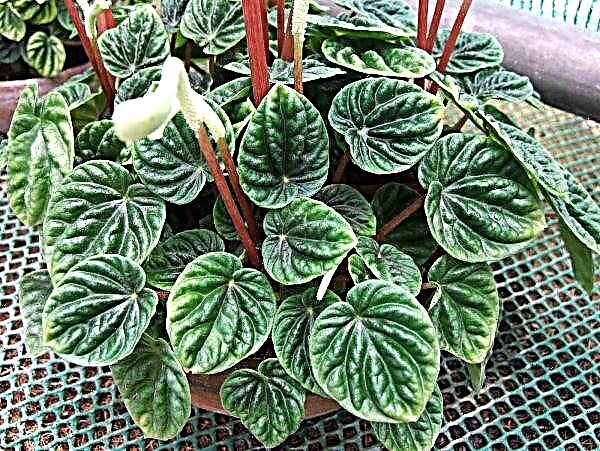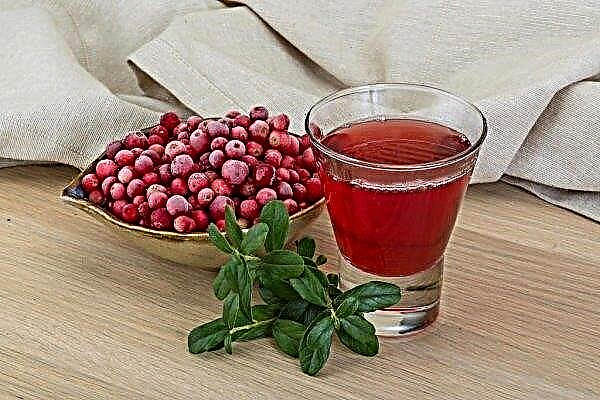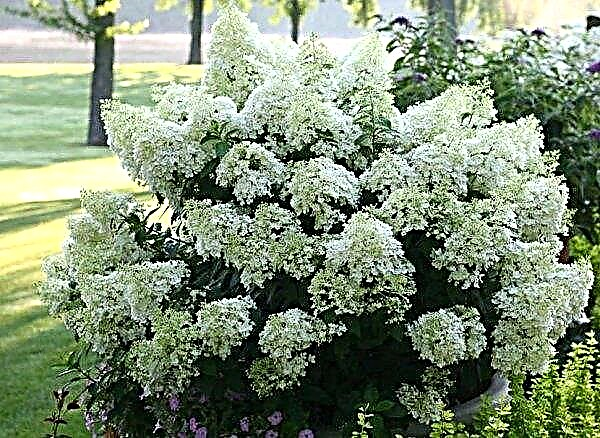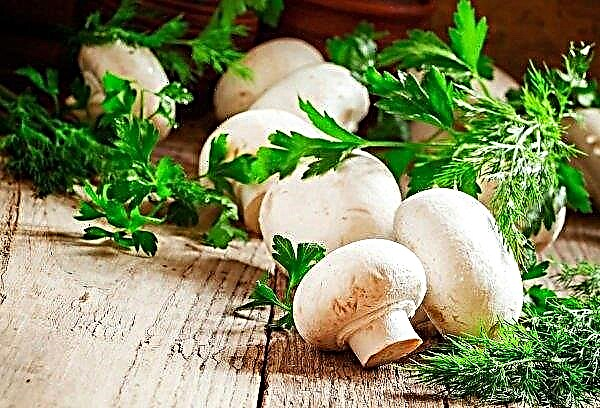Choosing evergreen trees to create landscape compositions, designers want the created corner to flourish without requiring close attention. And conifers fully comply with this requirement. They also don't need too much water or fertilizer. More details about what the thuja is combined with in landscape design and what are its features are described later in the article.
Where can I plant a thuja to look beautiful
The first task that is solved with the help of conifers is landscaping. The summer cottage should look attractive at any time of the year, including in winter, when deciduous crops rest. The second task is to cover other, more thermophilic plants from snow and wind.
Functionally, the use of thuja is considered in several variations:
- single plant (solo);
- composition (several bushes of different heights);
- linear landing of the group (hedge, terrace, alley);
- a group of coniferous shrubs of different colors.

The plot in the country must be well-drained. Thuja consumes little moisture, and if water is not removed from the roots, then the root system will begin to decay. You also need to take into account the influence of the sun: varieties with golden needles will be brighter in the sun, and in the shade they will become ordinary green with a slight yellow tint.
Important! If only one of the options is possible - to make the view beautiful from the window of a house or from the street, then give preference to the first, because from the windows you will admire the garden much more often.
The main principles that are important in order to beautifully plant a thuja:
- Elements of the composition should evoke emotions and create a mood. For example, blue spruce will be associated with the New Year holidays. It will be natural to want to plant a spruce in a conspicuous place.
- Tui, planted along the avenue, are associated with official institutions: a polyclinic, an administrative building, etc. If you do not like this associative series, use this solo as an accent element within the composition.
- If you imagine that the site is a canvas on which a picture of geometric shapes is applied, then the arborvitae will be involved on it as nodal elements. They are also planted solo, but together they unite the space.
- Curved lines formed by plants are always more informal. They emphasize relaxation and set up for relaxation.
- If the site is located on a slope, it can be turned into a giant alpine hill. To do this, "stretch" the garden path from top to bottom, connecting any two objects - a house, a gazebo, a relaxation area, a cozy bench using a line of several trees.
- If you want to make the area voluminous, use gravel. Plant conifers between the stones, placing them so that tall plants do not cover low ones.

In the country
DIn order to understand whether you like the final style, start by comparing the architectural elements. The largest object on your plan is the building. Its dimensions and texture are important. Visualize the thuja, correlating its dimensions with the building. You can plant a tree further or closer to it to create a harmonious composition.
Also look at the chosen place from the window: if you like the landscape, then you can start landing. The rectangular shapes of buildings are best combined with the same rectangular shapes of shrubs. And hexagonal constructions harmoniously look with cone-shaped trees.
Important! Do not plant several bright and tall plants nearby - this gives the impression of a cluttered garden.
In the garden
Landing options often depend on the size of the landing site. So, in a small home garden it is inexpedient to create a hedge in the height of a person. It is convenient to use low shrubs (up to 1 m) in order to visually divide the space and at the same time create a barrier from the north wind for vegetables or flowers.
On a large plot of thuja, a high fence is formed in order to separate the recreation area from the rest of the territory. Thuja volatile will heal the air, and its powerful crown will protect the space from street dust and muffle noise.

When designing a garden, you can implement the following ideas:
- Ceramic figures will be a great addition to the coniferous garden.
- The picturesque hedge will do the job of a garden partition.
- Create a miniature heather garden with basic elements from cone-shaped or spherical thuja.
In a small area
Dwarf varieties grow 2.5-10 cm per year: they are quite suitable for a small area. Here, even a small tree up to 1 m high will look attractive, provided that the solo is planted. In this case, arborvitae will act as key points of your composition.
Did you know? Native American Indian tribes of North America made canoe of thuja wood. And now this wood is also considered one of the most reliable.
On a square plot
Lines are the main element of the landscape. Planted in a straight line, arborvitae will provide the effect of orderliness, rigor, formality. If the site is in an inclined plane, then the thuja line moving from bottom to top will visually increase the perception of space. They can also divide the site into zones. Any size plants are suitable for this.
The use of arborvitae in compositions depending on the species
The composition that is created may be:
- triangular;
- round;
- semicircular;
- oval;
- polygonal.

When planting a solo tree set in the center. Near the entrance to a private house a square flowerbed can be created - then the thuja is installed along its edges. A square can be divided into additional squares if you create a composition of miniature shapes. Tui are vertical, round and irregular in shape. The choice of variety will depend on whether you plan to plant a single plant or group.
Western
Most often in Russian squares there are specimens of western arborvitae. Some of the most popular are worth considering in detail:
- Danica - in shape it is a ball, which means it is suitable for decoration of a garden path or placement in a composition of several different-sized bushes. Height - 60 cm.

- Brabant and Smaragd - are used to create high hedges, up to 3-5 m.

- Yellow Ribbon - the height is 2 meters, golden needles. You can plant a plant where you need to make the space more positive and vibrant.
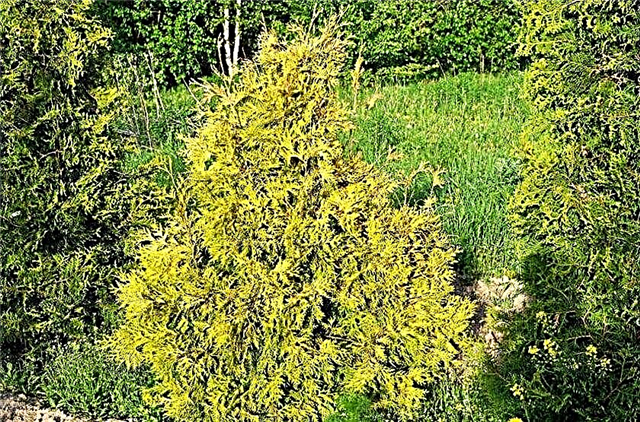
- Filiformis - a bush that looks like a haystack. With a width of 1.5 m, it can become the center of a round composition, but is only suitable for large areas.
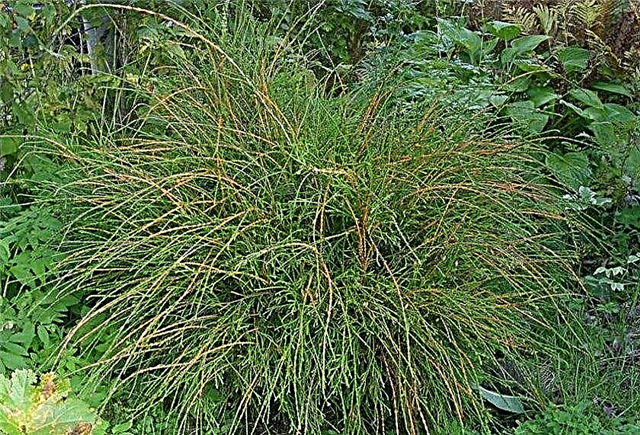
- Teddy - a dwarf bush of a deformed pear-shaped with needle needles. It can be planted in a Japanese garden, rockeries or rock gardens. The maximum height is 30-50 cm.

- Sunkist - Suitable for decoration borders, has a conical shape and golden needles.

- Reingold - a beautiful golden tree that can become the main attraction of the rock garden in the territory of a poor-colored courtyard. Good as a solo or in a group.
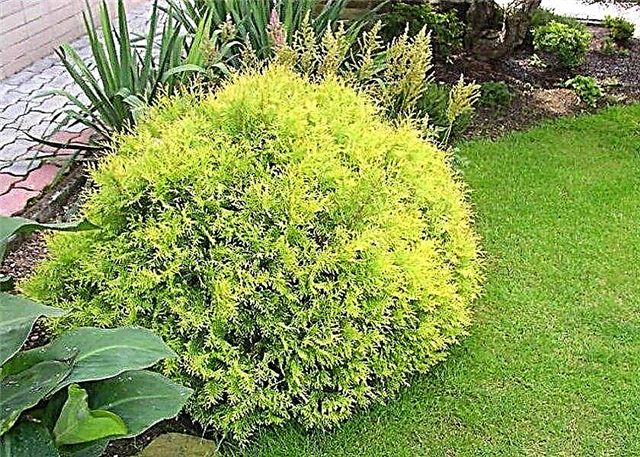
Undersized
Low-growing varieties are gaining more and more popularity among gardeners. They are compact, unpretentious, among them there are many different shapes and colors.
Among the most interesting:
- Golden Smaragd - A popular variety with several awards. The conical shape of the crown and golden-green needles make it popular when planting as an accent plant.

- Thuja Amber also golden, but has a rounded shape. It looks great in group landings on an alpine hill.
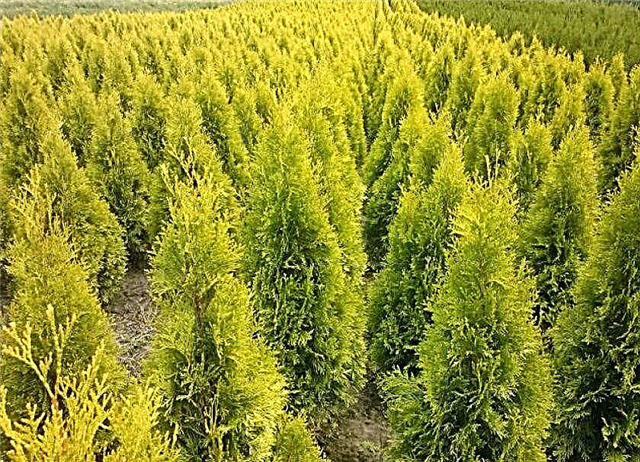
- Variety Teeny Tim - one of the most medium-sized. Its height is 0.5 m. A green and thick ball is suitable for any kind of garden design.
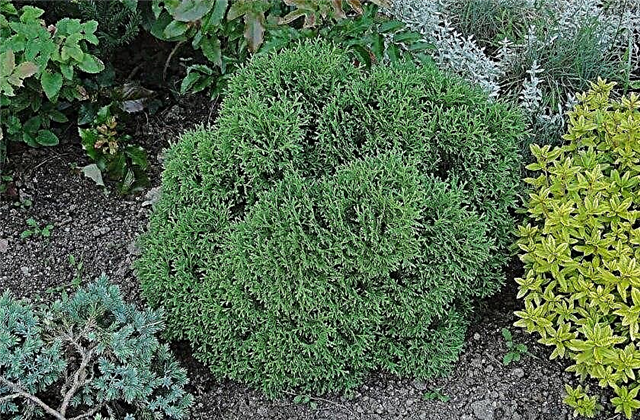
East
Oriental thuja is demanding on growing conditions. It does not tolerate drought, so it needs to provide regular watering, and in winter to create protection from the wind. Like other types of thuja, it has varieties with different shapes and colors of needles.
Here are some of them:
- Aurea Nana - a golden stacky bush up to 2-3 m high. Use for solo planting.

- Justin - medium-sized columnar tree up to 1 m high.

- Morgan - This is a pyramidal emerald green crown, which is perfect for decorating the space in front of the entrance to the building.

The furniture is highly regarded in the furniture industry due to its ability to absorb moisture and neutralize unpleasant odors.
Folded
The thuja folded, or giant, is also divided into a number of varieties of different sizes and colors. In the environment, its height is 60 m or more. But in the gardens lower varieties are planted - up to 4 m in height.
It works well as the only tree in the landscape. But the dense structure of the needles allows you to use it to create a hedge. If you plant green and golden varieties, alternating, then the hedge will turn out to be more attractive. It is only important to provide it with sufficient moisture.

Japanese
Japanese thuja does not grow in Russia. In the natural environment, its range is the Japanese islands of Hondo and Honshu. The plant is distinguished by beautiful needles, in the upper part green, and in the lower one having small spontaneous white spots. The height of the tree is 18 m. When planted in the garden, it could be used as a single plant.

Tui in combination with other plants
In addition to size and shape, to create a flower bed, it is also important to choose the right combination of colors. It is color - the most noticeable element of the landscape. But this is also the most unstable element: some varieties change the shade of needles depending on the season. Plants with a young growth, which differs in color from the old, are also leveled and become simply green by winter.
These factors need to be considered: when creating a flowerbed or composition, proceed from whether it will be monochrome or multicolor. Multiple shades are created using flowering herbaceous plants or shrubs.
With hydrangeas
Hydrangea is the most versatile bush used to create a flowering composition.
Among its advantages:
- bright flowers;
- long flowering period - until late autumn.
Given its size - up to 1 m, only dwarf thuja varieties can be planted nearby. As for growth habits, they will not coincide. Thuja loves sunny or partial shade, and hydrangea - only partial shade. But conifers will oxidize the soil during development, and the resulting soil composition is better for hydrangeas than others.

Hydrangea will perfectly cover a nondescript wall of a manor house or create a flowering hedge for a recreation area. It visually increases the amount of space due to the airy shapes of its colors. In a small garden you can install pots with hydrangea. But just the same, there are potted arborvitae. Therefore, they can be combined in an infinite number of combinations and anywhere on your site.
With hosts
Hosts are popular plants for planting in the shaded part of the garden. These are perennials. They are easy to care for, and their decorativeness makes the site attractive for almost the entire warm season. Hosts are convenient as they can grow in any environment. Their foliage is as decorative as possible, so these plants look great in single plantings.
Important! Do not land a group of several cone-shaped thuja and hosts: it looks too bulky.
They can be combined like this:
- the main plant is the host planted next to the thuja of dwarf varieties;
- hosta - an auxiliary plant located around a cone-shaped thuja.
 Given the decorative shrubs, thuja they choose classic green shades.
Given the decorative shrubs, thuja they choose classic green shades.
With barberry
Barberry is an exotic invasive shrub that has proven itself in home gardening and urban park design. If it is not sheared, then the bush turns out to be spreading. Of barberries often form hedges of medium height. They are quite compact and decorative.
After planting, barberry can withstand adverse conditions. But it does not develop well on dry soil, so we can say that its requirements for soil and moisture coincide with thuja, which makes it possible to land them on one site. In addition, it, like the golden varieties of thuja, loses its bright red color when grown in the shade. But if there is no other place, then with such a landing in the shaded area, its bright red color will become close to purple, which is also very decorative.
Barberry bushes have been used in the design of parks and gardens since the 18th century. They are used in different styles. They are suitable for framing lawns, creating an accent element in rock gardens or on a flower bed. Given the high growth of the bush, it must be used together with dwarf varieties of thuja rounded.

Cystic
Kalinolistny is a deciduous shrub that will be decorated with clusters of red berries in autumn. He is a resident of sunny gardens. Its varieties are characterized by different colors of foliage. In autumn, it will become as decorative as possible with red clusters of berries and orange or red foliage.
Did you know? The name "thuja" was given to the tree by the Swedish botanist Karl Linney in 1753. It comes from the Greek “thuo”, which means “to sacrifice,” since the branches of this fragrant tree were burned during sacrifices to the gods.
Given the growth of the plant - 2 m, the vesicle can be used to create hedges and in the form of separately growing bushes. It can be the central element of a flower bed. It can be supplemented with rounded bush thuja. The bush is undemanding to climate and can adapt to any soil. But for him, like thuja, it is also important that the soil does not dry out.

With other plants
Thuja goes well with representatives of the Rosaceae: spirea, roses, other flowers and shrubs.
When planning a coniferous rosary, consider the following tips:
- If additional flowering plants are planted, then their flowering time should coincide with roses.
- When creating a composition with one central accent plant, regardless of whether it is a thuja or a rose, the remaining varieties around should be presented in an odd number of copies.
- Before you begin planning, start by viewing photos. This is not only inspiring, but also allows you to visualize your ideas and compare them with others.
- Do not use more than 5 species of plants in one flower bed. The same applies to varietal diversity.
- Blooming roses should not be the same shade. Better sat down it will be contrasting colors.
- Plants should not interfere with each other and impede air circulation.
Important! Do not plant the rose garden in a draft: roses in such conditions will hurt.
The advantage of conifers in a joint composition will be that they will make the rose garden attractive in winter. Tall conifers will also be able to protect roses from the cold winter wind.
Stamping
A stem is an artificially shaped tree. The height of such a plant is 1–2 m. In relation to the tree-shaped thuja, this process will consist of the gradual removal of the lower branches. As a result, a part of the bare trunk will be obtained, above which a magnificent crown will rise. Considering that it is impossible to cut more than 30% of branches at the same time, it will take the gardener several years to form the desired form of thuja. Whether it is necessary to do this and whether such a thuja will be beautiful is up to you.

Thuja formation
Of course, it is possible to form a thuja. But designers are trying to maintain its natural shape and simply complement it with a skillful haircut. Hedgerows are trimmed annually. This should be done when the tree is at rest, that is, in winter. In addition, winter time is preferable due to the fact that the tree will not lose moisture and will not be infected by phytopathogens.
Step-by-step haircut algorithm:
- Wear garden gloves: thuja is toxic and juice does not need to reach open areas of the body.
- Disinfect the cutting edges of the instrument by immersing them in boiling water for 30 seconds, or wipe with alcohol. Repeat the procedure before cutting the next tree, as well as at the end of the work.
- Use the stairs to reach the top.
- Start by trimming dry branches. Then step back and appreciate the general view. Visually note what and where you need to cut.
- Trim the branches that grow inward. It is necessary that air and sunlight circulate freely in the crown.
- Reduce the height if necessary.
- Lightly trim the sides.
- Evaluate your progress - if 20% of the green mass is cut, then you should stop. The next part is planned to be cut only next year, so that it is safe for the tree.

Interesting tips
When choosing a place for planting a new plant, take into account its requirements for soil, nutrition and acidity, humidity and light as much as possible. On one site, only those plants should be grown that have the same requirements for conditions for growth and development. Avoid waterlogging and overdrying.
Did you know? When applying thuja oil to the skin externally, pain symptoms for arthritis and rheumatism can be alleviated.
When deciding which plants to plant together, start with the following steps:
- Determine for yourself the goal of creating a flowerbed, alpine slide, rosary, garden in Japanese or English style. The choice of varieties depends on this.
- Choose your desired plants by color, shape and growing requirements.
- Plant only healthy and undamaged trees and shrubs.
- Selected specimens should be approximately symmetrical (with an equal number of branches and leaves) and have the correct varietal color.
- Do not plant large numbers of tall plants in a small garden.

Thuja is the most popular coniferous plant in landscape design. A huge number of options for its application can be found, as well as combinations with other plants. When buying a thuja, you must definitely study the conditions that are recommended for its cultivation, and select those varieties that are most suitable for your site.














